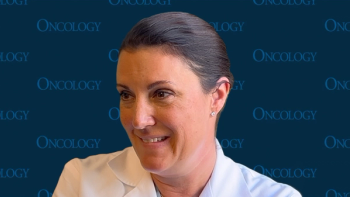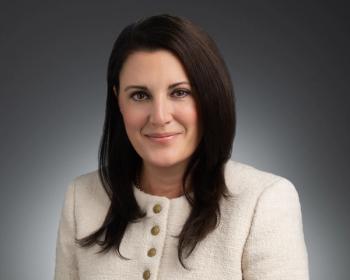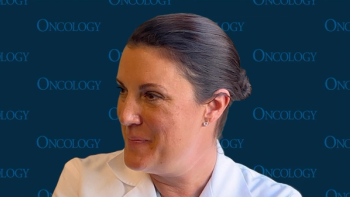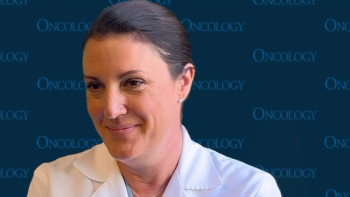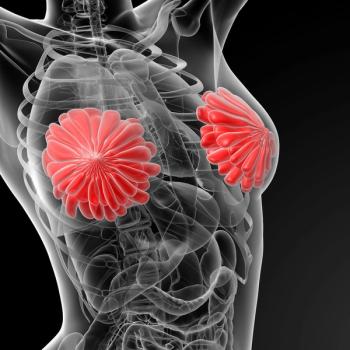
Breast Cancer Patients See Improved QoL With Yoga
Besides easing fatigue, yoga also eases pain and depression for women with breast cancer undergoing radiation therapy, a new study finds.
Besides easing fatigue, yoga also eases pain and depression for women with breast cancer undergoing radiation therapy, according to a new study. Lorenzo Cohen, PhD, director of the Integrative Medicine Program at the University of Texas MD Anderson Cancer Center, in Houston, Texas and colleagues found that beyond the benefits of stretching exercise, yoga appears to affect the physiology of breast cancer patients, boosting patients’ self-reported quality of life and providing long-term benefits. The results are
“We know yoga is useful for our population as a whole and it is important for everyone to engage in some type of mind-body practice on a daily basis,” said Cohen.
The study randomized 163 patients women diagnosed with stage 0-III breast cancer to either yoga (n = 53) or stretching (n = 56) for 1 hour three times a week for 6 weeks during radiotherapy, or to a control group (n = 54) that did neither yoga nor stretching. The median age of patients in the study was about 52. The retention rate was high with similar loss to follow-up numbers in each of the groups-only three patients in each group attended fewer than half the classes.
“What is unique about this study is the use of an active control group, the women who were taught stretching exercises,” said Cohen. “By comparing the women doing yoga to the women doing stretching exercises we see that the benefits of yoga go beyond just the physical aspects of yoga.”
At 1 and 3 months, patients in the yoga group reported significantly greater increases in their physical component scores through, as measured by a 36-item survey on medical outcomes, compared with patients in the non-active control group (P = .01). At all time points measured during the 6-month period, those in the yoga group had greater increases in physical functioning as compared with both the active and non-active control groups (P < .05).
Patients in both the yoga and stretching groups had reduced fatigue (P < .05). No differences in sleep patterns or mental health were seen among the three groups, consistent with a previous pilot trial.
Those in the yoga group had the highest decrease in circulating cortisol levels by the end of the study as compared to the active and non-active control groups (P = .02). A marginally significant effect was seen after 1 month of yoga (P = .01). The clinical significance of this finding is still unclear, state the authors, although this result may suggest that it does suggest positive effects of yoga on the stress hormone cortisol. Further studies are needed to understand the link if any, of stress hormone levels and yoga in cancer patients.
“We know that exercise in the form of stretching did help with fatigue and a little with physical functioning, but the benefits of yoga were apparent above and beyond stretching and included patient reports of their quality of life and better stress hormone regulation,” said Cohen. “Importantly, the benefits of yoga remained significant even 6 months later.”
According to Cohen, much more research is needed to understand exactly how yoga influences a cancer patient’s physiology during different cancer stages and treatments.
“Patients often ask which mind-body program is the best for reducing stress and improving quality of life. The answer is the one they will do every day and make a part of their life. Patients should be encouraged to find a mind-body approach that works for them and to practice it daily,” said Cohen.
In collaboration with India's largest yoga research institution, Swami Vivekananda Yoga Anusandhana Samsthana in Bangalore, India, this research is part of ongoing studies to validate, scientifically, mind-body interventions that may help cancer patients.
Newsletter
Stay up to date on recent advances in the multidisciplinary approach to cancer.


